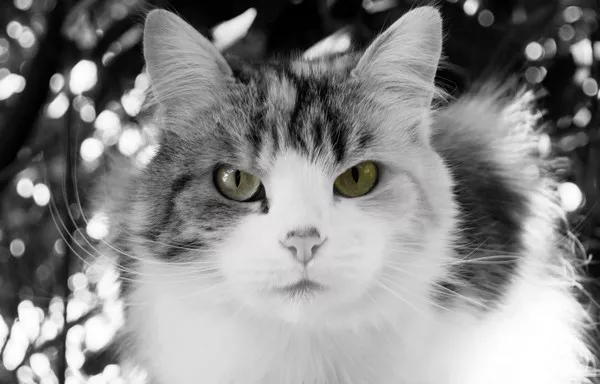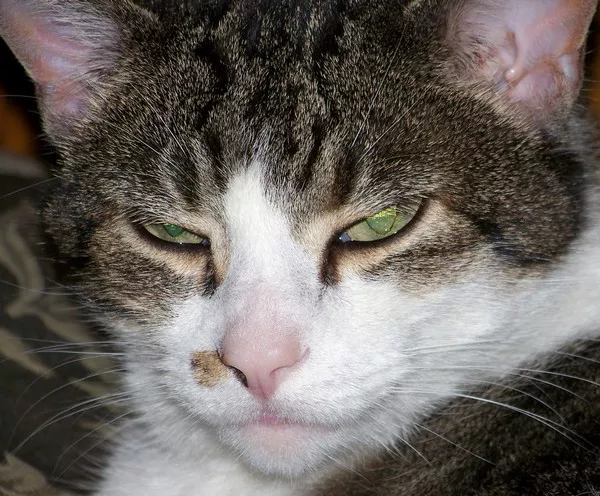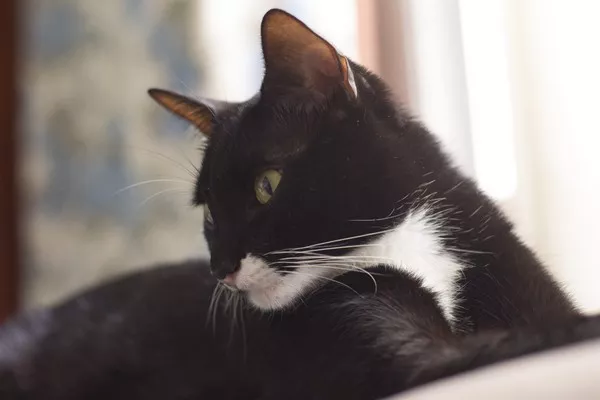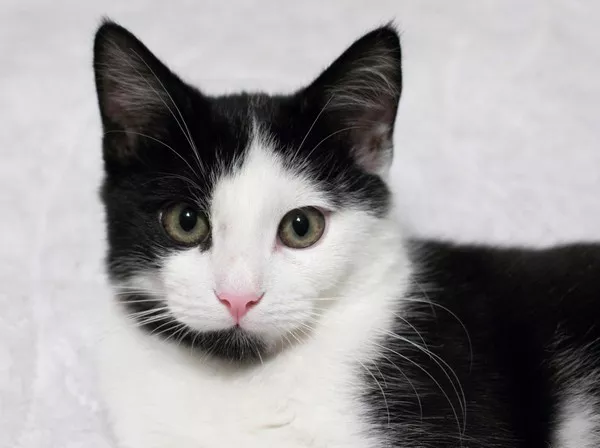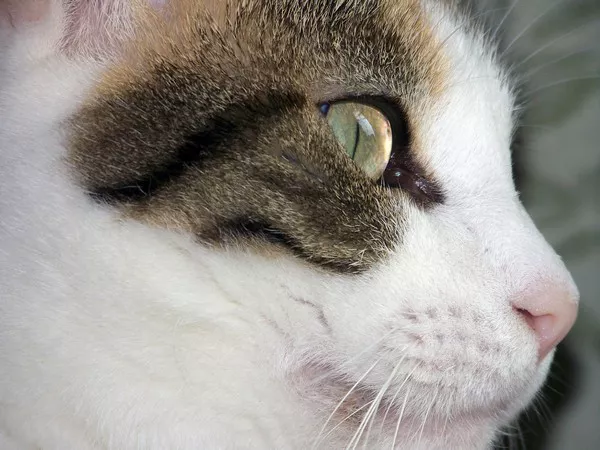Persian cats have captured the hearts of cat enthusiasts around the world with their luxurious coats, distinctive features, and charming personalities. Their fame extends beyond mere appearance, rooted in a blend of historical significance, cultural impact, and unique traits that set them apart. This article delves into the reasons behind the Persian cat’s enduring popularity, exploring their history, characteristics, and the role they play in popular culture.
Historical Significance of Persian Cats
Origins and Early History
The Persian cat’s history is rich and complex, intertwining with the evolution of domestic cats. Believed to have originated in Persia (modern-day Iran), these cats have been associated with the region for centuries. Their early ancestors were likely bred from a combination of local cats and those brought by traders and explorers.
Persian cats are thought to have been present in ancient civilizations, including Egypt and Mesopotamia. Artifacts and historical records indicate that cats with long fur and distinct features were cherished and often depicted in art. Their presence in ancient cultures underscores their long-standing allure and importance.
Introduction to Europe
Persian cats made their way to Europe in the 1600s, thanks to explorers and traders who brought them from the Middle East. Their unique appearance and elegance quickly garnered attention, leading to their inclusion in royal courts and aristocratic households. Queen Victoria of England, a well-known cat lover, was particularly fond of Persians, further cementing their status among European nobility.
In the late 19th and early 20th centuries, Persian cats became a symbol of luxury and sophistication. Their popularity surged as they were featured in cat shows and exhibitions, where they consistently impressed judges and spectators with their beauty and grace.
See Also: Why Siamese Cats Change Color?
Distinctive Features of Persian Cats
Luxurious Coat
One of the most defining features of Persian cats is their long, flowing coat. Their fur is thick, soft, and requires regular grooming to maintain its pristine condition. The coat comes in a wide range of colors and patterns, including solid, tabby, and bicolor variations. The grooming process is essential not only for aesthetic purposes but also for the health of the cat, as it helps prevent matting and hairballs.
Facial Structure
Persian cats are known for their distinctive facial features, including a short, flat nose, and large, expressive eyes. Their round face and prominent cheekbones contribute to their overall appearance, which many find endearing. The breed’s unique facial structure is the result of selective breeding, aimed at enhancing their appearance and creating the iconic “doll-like” look.
Calm and Affectionate Nature
Persian cats are renowned for their gentle and affectionate temperament. They are often described as calm, quiet, and easygoing, making them ideal companions for various living environments. Their affectionate nature is characterized by a desire for close human interaction and a preference for a relaxed, indoor lifestyle.
Persian Cats in Popular Culture
Media and Entertainment
Persian cats have made numerous appearances in media and entertainment, further solidifying their fame. They have been featured in movies, television shows, and advertisements, often portraying the epitome of elegance and sophistication. For example, the Persian cat named “Pussycat” in the 1960s film “The Pink Panther” became an iconic representation of the breed, showcasing its charm and appeal.
In addition to film and television, Persian cats have been popular subjects in art and literature. Their regal appearance and graceful demeanor have inspired countless artists and writers to depict them in various forms of creative expression.
Celebrity Endorsements
The Persian cat’s fame has been bolstered by endorsements from celebrities and public figures. Many well-known personalities have owned and showcased Persians, further enhancing the breed’s status. Their presence in high-profile households and social media platforms has contributed to their continued popularity and allure.
Caring for Persian Cats
Grooming and Maintenance
Owning a Persian cat requires a commitment to grooming and maintenance. Their long coat needs daily brushing to prevent tangles and mats. Regular baths and professional grooming can also help keep their fur in top condition. Additionally, their unique facial structure may require special attention to prevent health issues such as tear staining and respiratory problems.
Health Considerations
Persian cats are prone to certain health conditions due to their genetic makeup and physical characteristics. These include respiratory issues related to their brachycephalic (flat-faced) structure and genetic disorders such as polycystic kidney disease (PKD). Regular veterinary check-ups and a well-balanced diet are essential for maintaining their health and well-being.
Conclusion
Persian cats have earned their place as one of the most famous and beloved cat breeds due to a combination of their historical significance, distinctive features, and prominent role in popular culture. Their luxurious coats, unique appearance, and affectionate nature have captivated the hearts of cat enthusiasts worldwide. Despite the challenges of caring for this breed, the Persian cat’s charm and elegance continue to make them a cherished companion and a symbol of grace and sophistication. Their enduring fame is a testament to the timeless allure of Persian cats, whose beauty and personality have left an indelible mark on both history and contemporary culture.
Related Topics
Do Persian Cats Need Air Conditioning?















